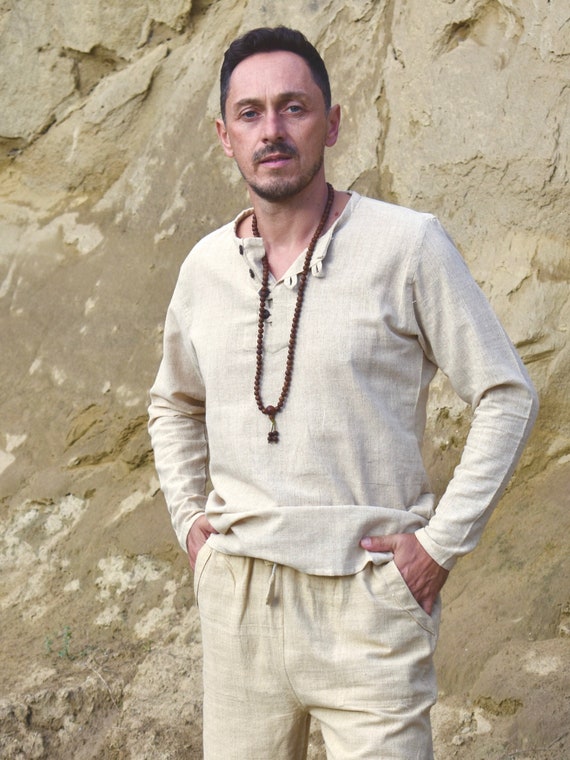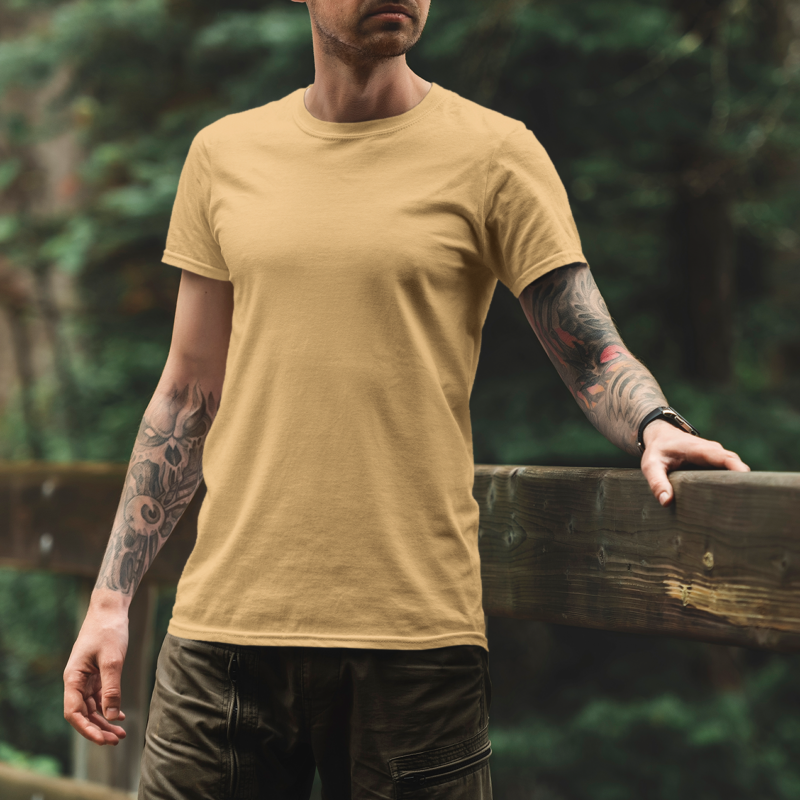Excellent Ideas For Choosing Hemp Clothing
Wiki Article
How Sustainable Is Hemp In Comparison To Cotton, In Terms Of Water Use, Pesticides And Herbicides?
There are several reasons why hemp is considered to be a sustainable plant, when compared to cotton in terms water usage in terms of insecticides, herbicides, and water usage.
Hemp- Hemp has a low water requirement compared to other crops such as cotton. It is a drought-tolerant, low-irrigation plant. Hemp can be grown in many areas with only rainwater making it an effective water-saving option.
Cotton- Combed cotton is known for its extensive use of water. The cultivation of cotton requires massive irrigation, which drains local water supplies and contributes to water shortages in water-stressed areas. Cotton cultivation is water-intensive, which has raised concerns regarding its sustainability.
Herbicides and pesticides
Hemp- Hemp is naturally resistant to numerous diseases and pests which means that it is less reliant on chemical herbicides and pesticides. Although some hemp crops require pest control, in general the use of chemicals is less than other crops including cotton. Hemp cultivation that is organic can be almost free of pesticides.
Cotton farming - Traditional cotton farming usually depends heavily on herbicides and pesticides that are synthetic to control weeds and pests. These chemicals can cause harm on the environment. This includes water and soil pollution and also damaging animals that are not targeted and resistance to pesticides.
In summary hemp is regarded as to be a more sustainable plant than cotton in terms of the use of water, pesticides and herbicides-
Hemp is a plant that can be grown with only a little water, rainwater or irrigation.
Hemp is a natural defense against a variety of pests.
Hemp farming requires less synthetic pesticides, herbicides, and fertilizers than cotton.
It is crucial to remember that the practices used to sustain agriculture and environmental protection can vary from one region or grower to the next. By minimizing synthetic chemicals, and by promoting soil health, organic farming methods also improve the sustainability. When it comes to the impacts that textiles and clothing have on the environment, using organic, sustainably-produced fibers like cotton or hemp can help reduce this footprint. Have a look at the top rated hemp clothing hints for blog advice including hemp t shirts wholesale, hemp pants womens, hemp button shirt, mens hemp clothing, 100 hemp shirt, hemp t shirts wholesale, hemp fabric, hemp shorts mens, patagonia iron forge jacket, hemp coat and more.

How Does Hemp Clothing Compare With Other Fibres In Terms Of Function And Quality?
Hemp clothing is an eco-friendly option that offers many functional and technical advantages over conventional fibers. Here are a few ways that hemp clothing stands apart as an eco-friendly high-performance, high-performance product- Moisture Wicking & Breathability
Hemp fibers help wick away moisture from the body, keeping your body cool and dry during hot weather. They will help you stay dry and cool, as well as stop the growth of bacterial.
Temperature Regulation
The hemp fabric is extremely thermoregulatory. It will keep you warm by absorbing warmth near you and it can help you to stay cool in hot temperatures. This natural control of temperature can lessen the requirement to change your clothes often.
Durability and longevity-
Hemp is known for its strength. Hemp clothing tends to be stronger and durable. It is also less prone to wear and long-lasting than traditional fibers. This makes hemp clothes last longer, which reduces the need for replacements and, therefore less environmental impact.
UV Protection
Hemp fibers protect skin from UV radiation, providing the skin with UV protection. This is especially useful when it comes to outdoor activities and sports.
Biodegradability:
Hemp clothing biodegrades with time, which means it will degrade when disposed. The impact on the environment of textiles is reduced by this feature, in contrast synthetic fibers that can be buried for an extended period.
Low Environmental Impact
Hemp cultivation requires less synthetic pesticides as compared to cotton. It also uses less precious water resource. This is a greener option. Hemp farming organically enhances the environmental benefits.
Carbon Sequestration
Hemp is a great plant to remove CO2 from the atmosphere. This means that hemp cultivation can act as an carbon sink, which helps to lower greenhouse gas emissions.
Sustainability and Crop Rotation
Hemp is easily integrated into crop-rotation systems that improve the overall health of soils. It also reduces the chance of soil depletion or accumulation of diseases. This method of farming that is sustainable can contribute to the eco-friendly aspects of hemp.
Versatility:
Blending hemp fibers with other materials such as organic cotton or recycled polyester is a way to make eco-friendly and high-performance fabric blends. This flexibility allows the development of innovative and sustainable textiles.
Low Toxicity
Hemp fibers have a low toxicity level and do not require a lot of chemical processing for create. This minimizes the effect of textile production on the environment.
In addition to hemp's many practical and environmentally friendly benefits, it is important to keep in mind that sustainability of clothes can be impacted by other factors such as dyeing methods and transportation methods, as well as ethical labor practices. If you're interested in making an eco-friendly choices, look for clothing companies that prioritize sustainability and transparency when using hemp fibers as well as other environmentally-friendly materials in their clothing. Read the recommended more hints about hemp clothes for website tips including mens hemp clothing, mens hemp t shirts, hemp tees, hemp tees, hemp jeans, hemp shorts mens, organic hemp clothing, organic hemp fabric, patagonia volley shorts, hemp shirts wholesale and more.

What is the difference between hemp fibre and bamboo fiber?
Bamboo and hemp are two different plant-based fibers that are used in textile production each with their own unique characteristic and characteristics. Here are the most important distinctions between hemp and bamboo fibers. Plant Source-
Hemp- Hemp is derived from the hemp stalks. Particularly the basts on the outside. Hemp is a plethora of and fast-growing plant, has been grown in many ways for centuries.
Bamboo Fibers- Bamboo fibers originate from the pulp. Bamboo is grass that grows with rapid growth as well as for its capacity to regenerate rapidly.
2. Fiber Characteristics
Hemp The fibers of hemp are extremely durable and sturdy. They are strong natural fibers that become softer and softer after washing, making them ideal for making long-lasting textiles.
Bamboo fibers are silky and soft. While they might not be as strong as hemp fibres and are more delicate in certain instances however their suppleness on the skin is greatly appreciated.
3. Texture and Feel
Hemp- Hemp has a slightly rough texture, particularly when it is in its natural state. It can be comfy but has a different texture to bamboo.
Bamboo- Bamboo fabric is smooth, silky, and luxuriously soft. It is often compared to the combination of silk and twill, which makes it very comfortable.
4. Breathability, Moisture Wicking and Breathability-
Hemp- Hemp is naturally air-tight. Hemp also absorbs moisture. They can keep you cool and dry in hot temperatures.
Bamboo Fibers- Bamboo fibres possess an excellent amount of breathability as well as moisture wicking. They contain micro-gaps, which enhance their ability to regulate temperature and humidity. This helps you stay comfortably in various circumstances.
5. Environmental Impact-
Hemp Hemp is a fiber that is considered to be eco-friendly due the fact that it needs little water, is able to grow quickly, and has a high resistance to pests. It also reduces pesticide and herbicide use. It also helps remove carbon dioxide from the air as it expands.
Bamboo is a popular choice for building materials that are sustainable. It grows fast, requires little water, and doesn't need synthetic pesticides. Moso is among the most sustainable bamboo species.
6. Processing-
Hemp- Hemp fibers require intensive processing to separate outer bast fibers from the inner woody core. Processing may include decorations, retting and mechanical separation.
Bamboo- Bamboo Fibers can be obtained via a chemcial process referred to as the viscose/rayon method. This process involves chemically breaking down bamboo pulp. Some bamboo textiles, however, utilize closed loop processes to minimize the amount of chemical waste.
7. Versatility-
Hemp- Hemp fibers are flexible and can be utilized in a variety of uses, such as clothes, textiles, paper construction materials, and much more.
Bamboo- Bamboo fibres are used primarily in clothing and textiles however, they can be seen in other products like bedding and towels.
In the end In the end, both bamboo and hemp provide unique characteristics and sustainable benefits. The choice you make is based on your personal preferences regarding the environment as well as what you are looking for in terms of specific properties and characteristics. See the most popular bamboo clothing for site advice including bamboo cay shirts, bamboo pants ladies, men bamboo boxer shorts, bamboo sun hoody, bamboo pants mens, bamboo sweatshirt, bamboo maternity, bamboo bed clothes, yala pajamas, bamboo button down shirts and more.
